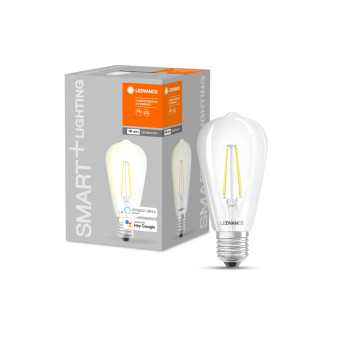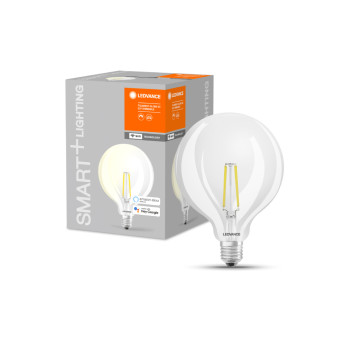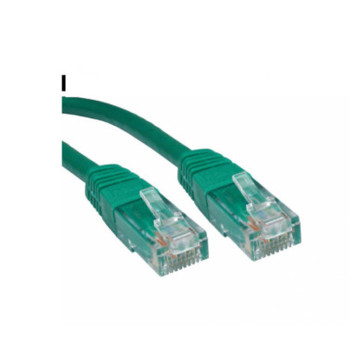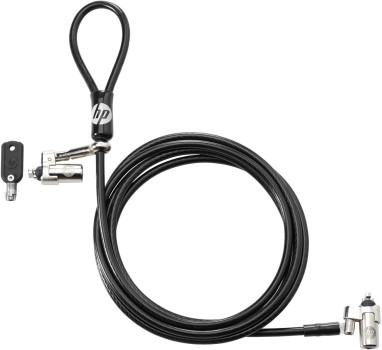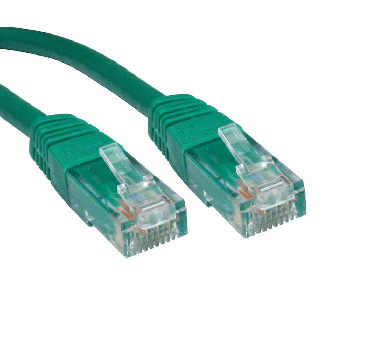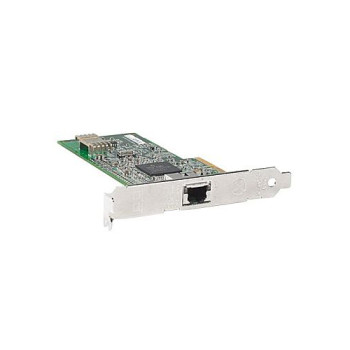Smart Home

Finance available


Finance available
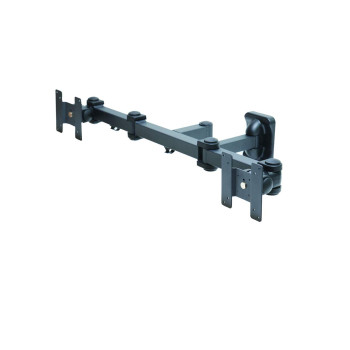
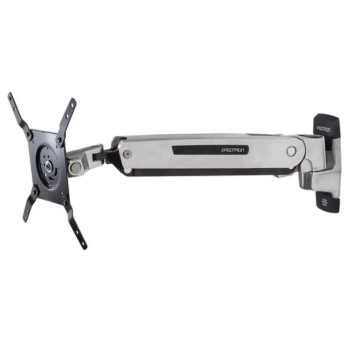

Finance available
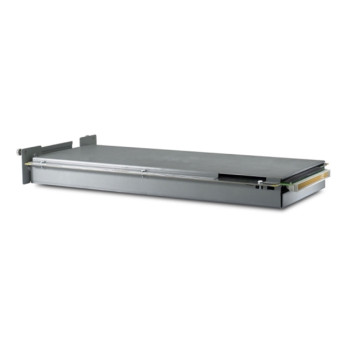

Finance available
Free Delivery *
FAQs
Yes, most smart homes rely on Wi-Fi to function effectively. Wi-Fi provides the essential network connection that allows smart devices to communicate with each other and be controlled remotely through smartphones, tablets, or voice assistants. Many smart home devices, such as smart speakers, lighting systems, security cameras, and thermostats, require a stable Wi-Fi connection to operate smoothly. While some systems may use alternative technologies such as Zigbee, Z-Wave, or Bluetooth for specific functions, a reliable Wi-Fi network remains the foundation for most modern smart home setups, particularly when internet access and remote control are required.
The devices required for a smart home depend on the level of automation and functionality desired. Typically, a smart home begins with a central hub or smart speaker, which acts as the main control point for connected devices. Common additions include smart lighting, thermostats, plugs, and switches, which allow users to automate and control household functions remotely. Security-related devices, such as smart doorbells, locks, sensors, and cameras, are also popular for enhancing home safety. Appliances such as smart TVs, robotic vacuum cleaners, and kitchen devices can further expand the system.
Many smart homes include cameras as part of their security and monitoring systems. Smart cameras are widely used for both indoor and outdoor surveillance, offering features such as motion detection, night vision, two-way audio, and live video streaming. These cameras can be integrated with other smart devices, allowing homeowners to monitor their property remotely via apps or smart displays. In addition to traditional security purposes, some smart cameras are also used for video doorbells, baby monitoring, and even keeping an eye on pets while away from home.
Yes, many smart home devices are designed to improve energy efficiency. Products such as smart thermostats, lighting systems, and plugs allow users to automate energy usage based on schedules, occupancy, or personal habits. These devices can help reduce unnecessary power consumption by turning off appliances or adjusting settings when rooms are unoccupied.

